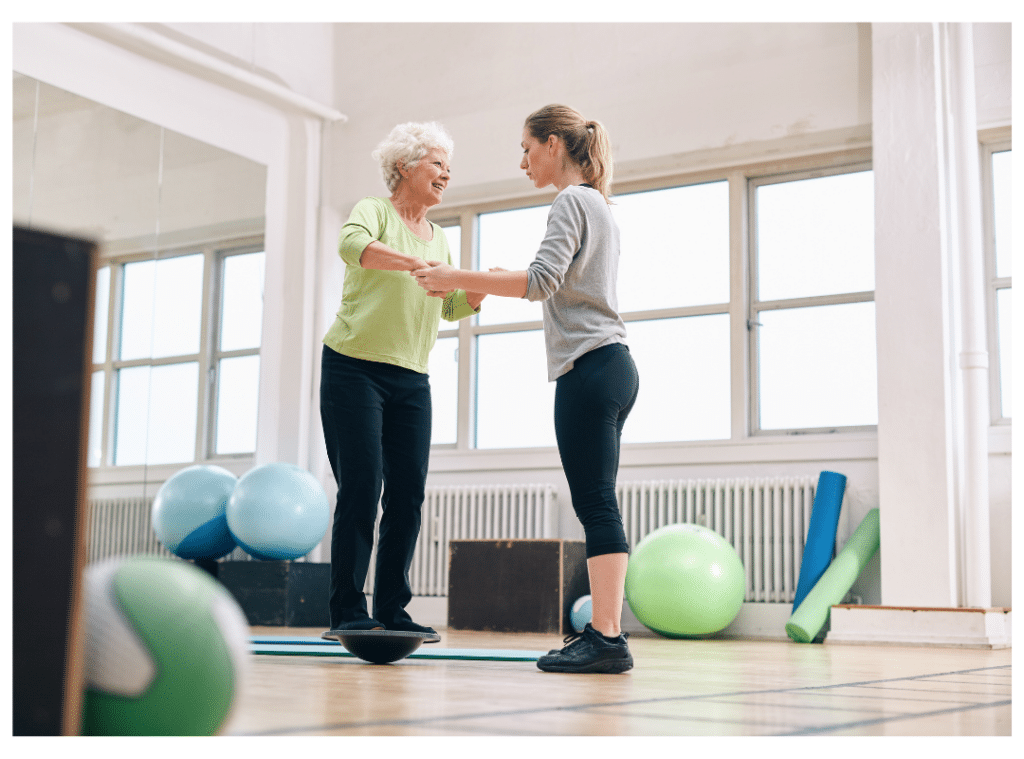Imagine your mother, who once thrived on independence, now struggles with daily tasks like bathing and preparing meals. You might find yourself questioning the level of assistance she needs and how to support her best while respecting her autonomy. Understanding the various levels of assisted living care offered at The Oaks at Paso Robles can help you navigate this challenging situation, but figuring out where to start may feel overwhelming. What if the right choice at The Oaks could greatly enhance her quality of life?
Levels of Assisted Living Care
Understanding the levels of assisted living care is essential for making informed decisions about your or your loved one’s needs. These levels can vary significantly among communities, but generally, they focus on assistance with activities of daily living (ADLs), like bathing, dressing, and mobility.
Level one typically addresses basic needs, offering morning wake-up visits and reminders while emphasizing independence. If your loved one requires more help, level two might be appropriate, as it assists with at least one ADL, combining supervision with hands-on support tailored to their individual needs.
It’s essential to remember that evaluating physical and mental well-being is critical in determining care levels and associated costs. Higher care needs usually mean higher expenses, so understanding these distinctions is key. Additionally, personalized care plans ensure that each resident receives support.
Ultimately, knowing the different levels of care helps you advocate effectively for your loved one, ensuring they receive the support they truly need.
Regular evaluations can help adjust care plans as circumstances change, providing peace of mind that your loved one is in the right environment for their unique situation.
Assisted Living Facility Services
When choosing an assisted living facility, the range of services offered can significantly impact your loved one’s quality of life. These services typically include assisting with daily activities like bathing, dressing, and preparing meals.
Finding a facility that supports your loved one’s specific needs is essential, ensuring they can maintain their independence while receiving necessary care.
Look for facilities that offer personalized care plans, which can adjust as your loved one’s needs evolve. Many communities also provide social activities, transportation services, and wellness programs, encouraging engagement and connection. This holistic approach promotes physical health and nurtures mental and emotional well-being. Additionally, consider how facilities offer emergency response readiness, as timely assistance can be vital in maintaining safety.
Remember, you’re not just looking for a place to live; you’re seeking a supportive environment that fosters dignity and respect.

Assisted Living Level of Care Assessment Tool
Evaluating the level of care needed for a loved one in assisted living is important in guaranteeing their well-being and comfort. The Assisted Living Level of Care Assessment Tool is designed to guide you through this process. This tool assesses your loved one’s physical and mental health, focusing on their ability to perform activities of daily living (ADLs) like bathing, dressing, and mobility.
Typically, the assessment involves a thorough evaluation by trained staff, who may observe your loved one in various scenarios. You’ll find that assessments often use a scoring system, helping identify specific needs and any changes over time. Financial planning is also essential to ensure that the chosen care level fits within budgetary constraints.
Regular reassessments are vital, as your loved one’s needs may evolve, prompting any necessary adjustments in their care plan.
As you navigate this journey, remember that family involvement can be invaluable. Your observations can help trigger a reevaluation if you notice changes in their condition.
Finding the right level of assisted living care for your loved one is like tuning a musical instrument; each string needs the proper tension to create harmony. At The Oaks at Paso Robles, we understand that you can strike that perfect balance of support and independence by evaluating your daily living abilities. As their needs change, stay attentive and adjust the care plan accordingly. This thoughtful approach promotes their well-being and guarantees they live with dignity, surrounded by the respect they deserve. For more information, please call us at (805) 239-5851.
How Do The Costs Of Moving Into A Quality Senior Care Community Compare With The Costs Of Staying At Home?Compare The Costs of Senior Living vs Staying at Home
FAQs About Levels of Care in Assisted Living and Nursing
What are the different levels of assisted living?
Assisted living typically includes several levels of care to accommodate residents’ varying needs. These levels range from basic support with daily activities, such as bathing and dressing, to more advanced care for individuals requiring help with mobility or managing chronic medical conditions. Care levels are determined through assessments to ensure residents receive personalized support.
What does level 3 mean in assisted living?
Level 3 care in assisted living often refers to advanced care needs, such as managing complex health conditions or providing extensive assistance with daily activities. It may include support with medication management, mobility aids, and closer health monitoring compared to lower levels of care.
What are the 4 levels of care in nursing?
The four levels of care in nursing generally include skilled nursing care, rehabilitative care, long-term care, and palliative or hospice care. Each level addresses specific needs, from short-term recovery and therapy to ongoing medical supervision and comfort-focused end-of-life care.
What is level 5 care in assisted living?
Level 5 care in assisted living is typically the highest level of care offered, designed for residents with significant medical or personal care needs. It may involve comprehensive health monitoring, full assistance with daily living activities, and coordination with healthcare providers to manage complex conditions.








